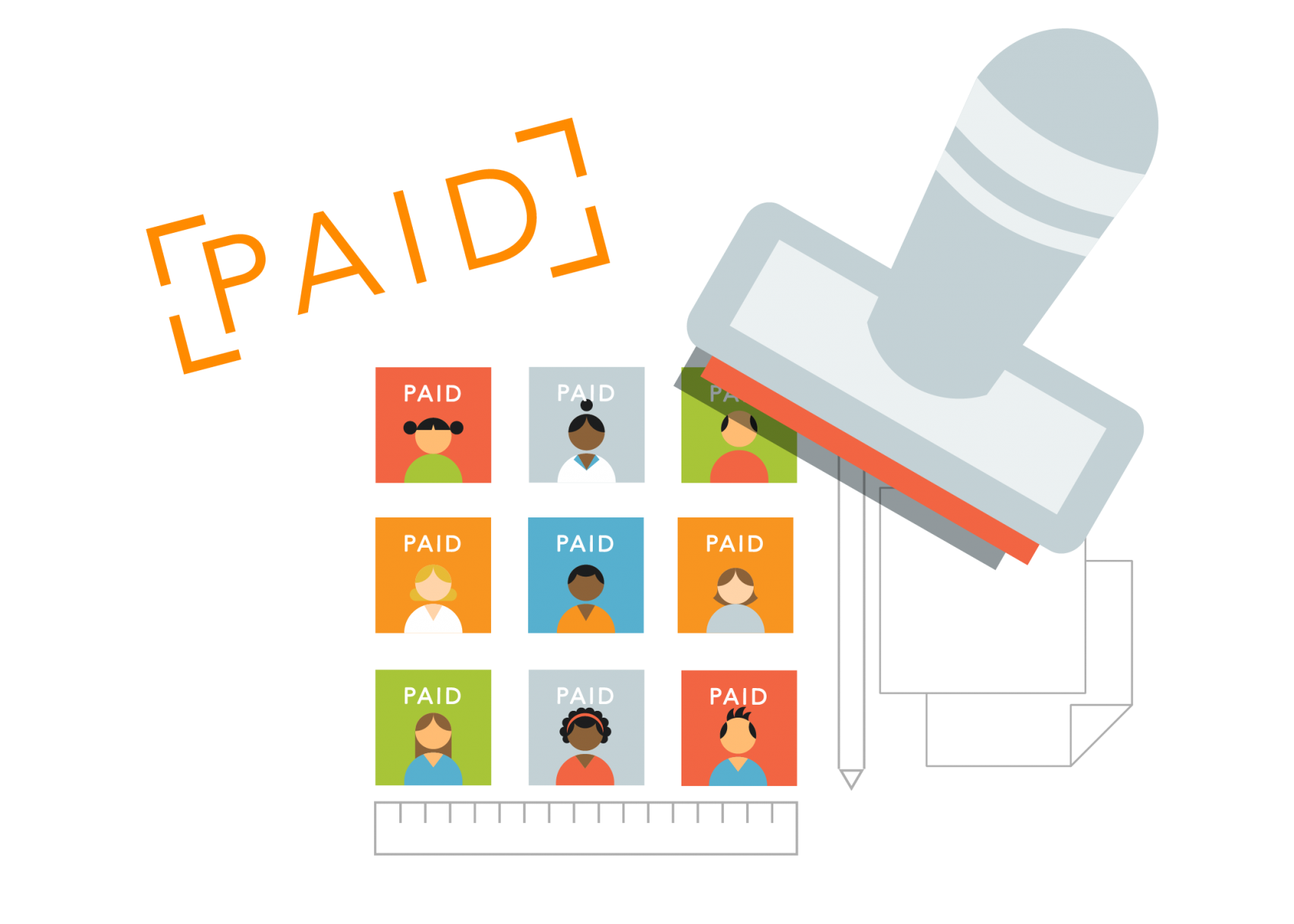
Every practice strives for clean insurance claims. In other words, physicians want to ensure that the claims they generate are:
- Accurate
- Complete
- Compliant
- Doing so minimizes the potential for payment delays and need for tiresome claims denial management. The goal is to get paid the first time around to reduce costly expenses related to appeals and resubmissions.
Claims scrubbing—the pre-submission process during which claims are reviewed for key components—has become particularly relevant now that the industry has transitioned to ICD-10. 
Many diagnosis codes are not only expanded in terms of the number of options, but they’re also more specific—requiring a level of detail that wasn’t present in ICD-9. The process of reviewing each claim prior to submission is a critical aspect of coding and billing compliance. Practices can’t afford to spend valuable time and resources chasing payments on the back end. The good news is that using tools like electronic claims submission software include a robust claims scrubber can essentially ensure smooth sailing for 100% of your claims.
Make the 100% clean claim metric a reality
Unfortunately, not all claims scrubbers are created equally. Although most practice management systems include some type of claims scrubbing functionality, you need to question the validity of the scrubbing process and just how much your claims are “put through the ringer” before you send them off for payer approval.
What exactly does a robust claims scrubber include? A robust claims scrubber runs your practice’s claims against the following sources:
- National Coverage Determinations (NCD)
- Local Coverage Determinations (NCD)
- Correct Coding Initiative edits
- CPT-4/HCPCS edits
- ICD-10-CM edits
- Payer-specific requirements
- State Medicaid edits
- Cleaning your procedure codes
Your claims scrubber should automatically be able to identify the following procedure code-related red flags:
- Invalid or expired for the date of service
- Incompatible with the patient’s age
- Not appropriate with the patient’s gender
- Defined as an add-on code (that requires submission of a primary procedure code as well)
- Cannot be billed using a modifier
- Modifier is not valid or active
- Modifier is not valid when submitted with this procedure code
- Is a component of another code (and requires a modifier)
- Is mutually exclusive to another code (and cannot be billed using a modifier)
- Is mutually exclusive to another code (but may be billed using a modifier)
- Duplicate code for the same date of service
- Cleaning your diagnosis codes
The scrubber should also be able to identify the following diagnosis code-related red flags:
- Does not meet medical necessity for the procedure performed/coded
- Requires an additional character(s)
- Cannot be reported as a principal diagnosis because it’s a manifestation code
- Requires additional information for adjudication because it’s a trauma code
- Incompatible with the patient’s age
- Not appropriate with the patient’s gender
- Scrub-a-dub-dub for demographics
In addition, the scrubber should be able to verify demographic information—for example, to ensure that a name, valid date of birth, valid SSN, and valid insurance ID number are all present on the claim. Typos can easily cause errors that are completely avoidable when scrubbing demographic information prior to submission.
Three tips to consider
Finally, enhance your claims scrubbing process with these three tips:
- Hire a certified coder. A certified medical coder can provide insight what edits are triggered and why.
- Incorporate data mining. Some claims scrubbers continually re-evaluate the adjudication rules of different payers, thereby constantly improving the quality of the scrubbing process. This is particularly helpful in ICD-10 as payers continue to update LCD policies and capitalize on the greater specificity inherent in the new code set. When reviewing various products, ask potential vendors whether they have the capability to update processes in real time to keep up with changes in payer guidelines.
- Monitor your processes. Are errors resolved in a timely manner? Monitor repetitive errors, and follow up with staff members directly.
A 100% clean claim rate may seem far-fetched, but with the right claims scrubber—and a process for ongoing monitoring—you can achieve this goal, or get close to it, and then reap the rewards of an improved cash flow.
If you are looking for ways to improve you medical billing, use this Billing Best Practice Checklist to establish goals for best practices. Additionally, if you don't already know how clean your claims are, be sure to take the time to learn the true cost of claim rejections.
Submitted by quang on Tue, 2016-02-02 06:47
 Every practice strives for clean insurance claims. In other words, physicians want to ensure that the claims they generate are:
Every practice strives for clean insurance claims. In other words, physicians want to ensure that the claims they generate are:





















